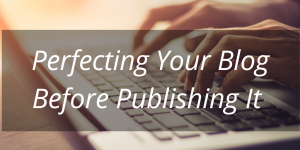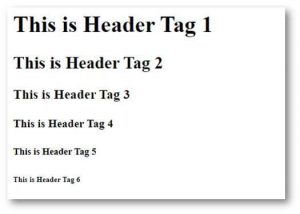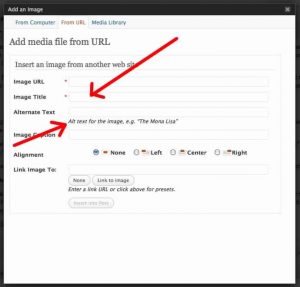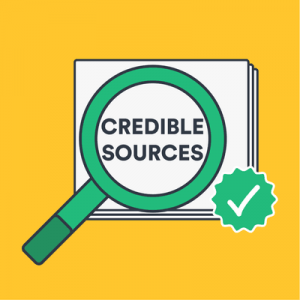
Whenever we are done writing a killer article, we want to hit the publish button as soon as possible. It is a feeling not many can resist. You’ve been there too, I’m sure.
But before publishing your next blog post, there are a few things you should consider before hitting the publish button. This habit can make or break your website’s SEO strategy. Make sure to follow the tips given below before publishing your article.
1. Rethink Your Headline

The perfect headline has the power to make your post spread – while the same post with a boring headline will be bound to fail.
The simple reason is that before people see your post, they will, in many cases, only see the headline. If the headline does not speak to your audience, they will never even visit the post.
2. Use The Header Tags For Titles

The header tags come in 6 varieties from < H1 > to < H6 > , in the order of decreasing priority. It not only looks good but search engines give next priority to the title and permalink. It is our way of telling the search engine and readers what deserves priority .
3. Add The Required Attributes To Links and Images

Added the required links to the article? Don’t forget to cross check if any plugin is making it nofollow by default, especially if it’s your own internal links. Because nofollowing your own links sends a bad signal to the search engines.
Adding the “alt” attribute to images is like adding meta tags to the site. It is the only way you can tell your search engine what the image is about. Proper linking is the best SEO boost you can give to your site.
4. Check Formatting, Add Structure

Writing blog content is not like writing a novel. You have one chance of grabbing – and keeping – people’s attention. And nothing will lose you your audience faster than a post with a lot of text without structure.
People like to skim online content. You have to consider this when writing a blog post. You need some sub-headlines as eye-catchers, images to break up the text and keep the attention high.
5. Reread It

When you are writing a lot of content, maybe even in a hurry, the little typos may just slip through.
While blogging is not a test on who can write with fewer mistakes, too many writing mistakes kind of show some disregard to your readers.
A typo is not the end of the world, it makes you human. A lot of typos, broken sentences and grammar mistakes make your post hard to read – and in the worst case, you will lose an audience.
Proofreading is not an option, it is a must.
6. Link From Your Post To Old Posts

Internal linking on your website is one way of improving your SEO. There are various ways to improve your internal link structure.
One simple thing you should always do to improve your internal link structure is to think of some older blog posts that are relevant to your new post – and add a link to these posts.
7. Add Links To Sources And Additional Information

Don’t be shy about external links. When you use screenshots or you know an awesome source for additional information, simply link to it. Again, this will have a positive impact on your SEO.
Also, links are a great way of getting on other people’s radar. If they see some traffic from your website, they will notice you.
8. Set A Meta-description

The meta description is a short (160 characters) description of what your post is about. It is what Google and other search engines will display in the search results added to the title. If you don’t actively set the meta description, Google will simply pull an excerpt from your blog text.
A proper meta description can multiply your click-through rate from search engines. A wrong meta description may result in very low click rates even though your post does rank in search.






